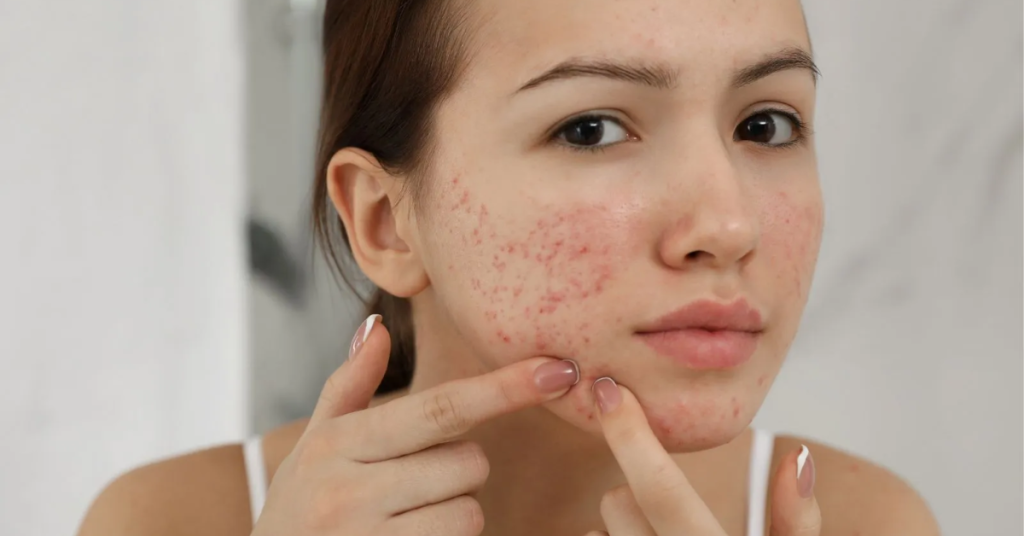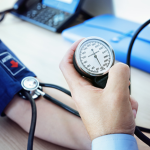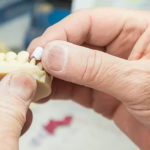Acne is the most common skin disease in the world — 80 percent of all people experience an acne breakout at some point in their lives, often during their teenage years. Acne is a skin condition where the pores become clogged with sebum (oil) and dead skin cells. These clogs, known as comedones, can turn into blackheads or whiteheads. Propionibacterium acnes bacteria found on the skin thrive on the trapped sebum, causing pustules and inflammation. Over time, this can lead to deeper, tender cystic lesions that may eventually rupture if untreated.
Acne most frequently affects the face, neck, back, chest, and shoulders, which have the highest concentration of oil-producing glands.
Types of Acne Lesions
There are different types of acne lesions, which include:
Blackheads: Open pores clogged with oil and dead skin, turning dark when exposed to air.
Whiteheads: Blocked hair follicles that bulge beneath the skin’s surface, creating a white cap.
Papules: Small, tender pinkish bumps on the skin.
Pustules: Papules with visible pus at the top, surrounded by red inflammation.
Cysts and Nodules: Deeply clogged pores, painful to the touch, larger than pimples, and often leave scars.
Levels of Acne Severity
- Mild Acne: Includes blackheads and whiteheads, typically found in isolated spots.
- Moderate Acne: Features more pimples, with red inflammation around the breakouts.
- Severe Acne: Characterized by numerous pimples, pus-filled cysts, and nodules, often leading to scarring.
More info: https://www.manhattandermatologistsnyc.com/treatment/acne/



